Sep 16 2018
A week in Sofia
After the “failed” 7.5k, I took a train to the airport and then a plane to Sofia.
On Wednesday morning, I went running. I was messing around with the Polar Beat app so the run is reported in two parts:
I ran south from the hotel and found a park with a big statue of a Soviet soldier. That park turned out to be a little small for good running, but when I continued south I found a nice big park behind the national stadium. I turned around at the end of the park and ran back, and then added a little loop through the center of Sofia, taking pictures of a few landmarks. The pics are embedded in the Strava activity.
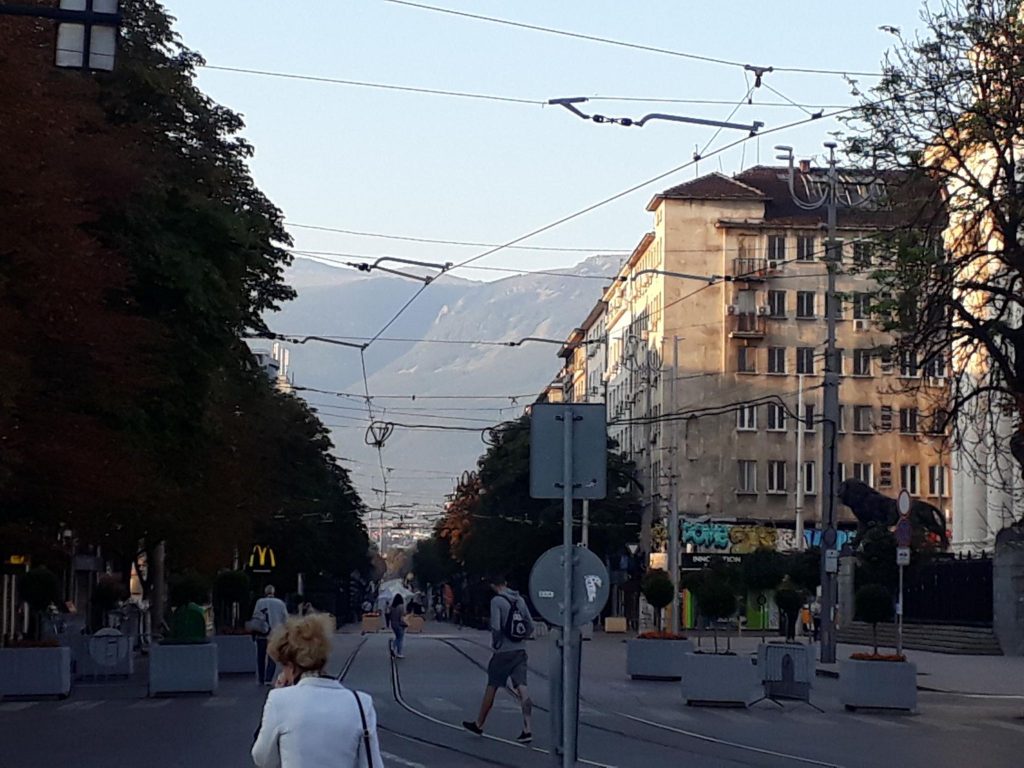
On Wednesday afternoon, I did a weights session in the hotel gym. Pretty good 60 minute session.
On Friday morning, I did another run. This time I turned right at the end of the park and discovered that the park continued as a forest. I had to turn around in time and limit the run to 50 minutes in order to be on time for the conference.
My Friday afternoon flight out of Sofia got canceled and I had to wait until 9pm to fly home.

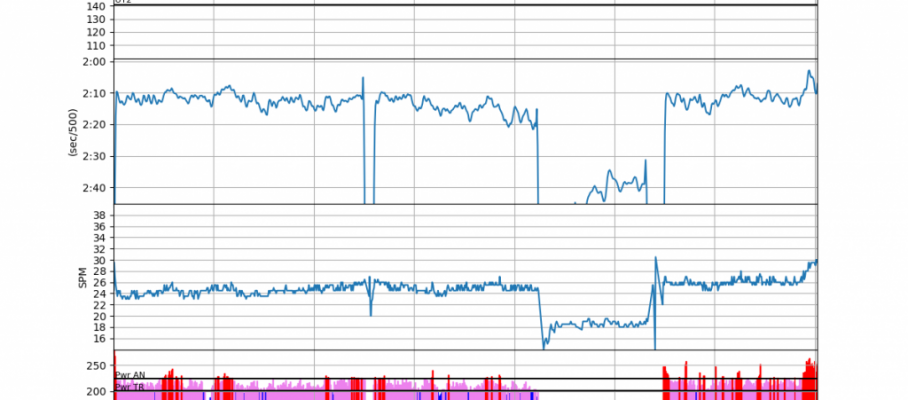
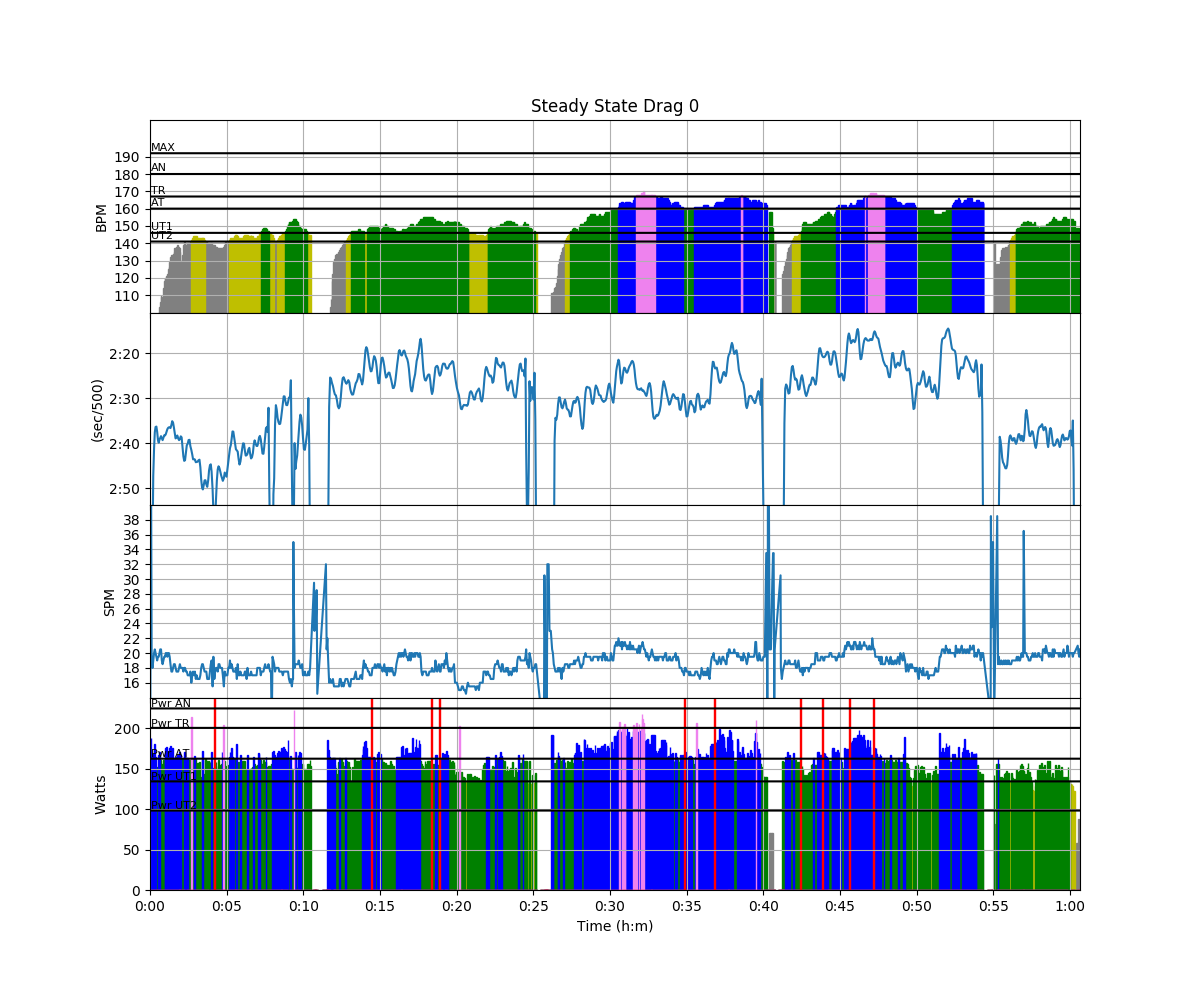
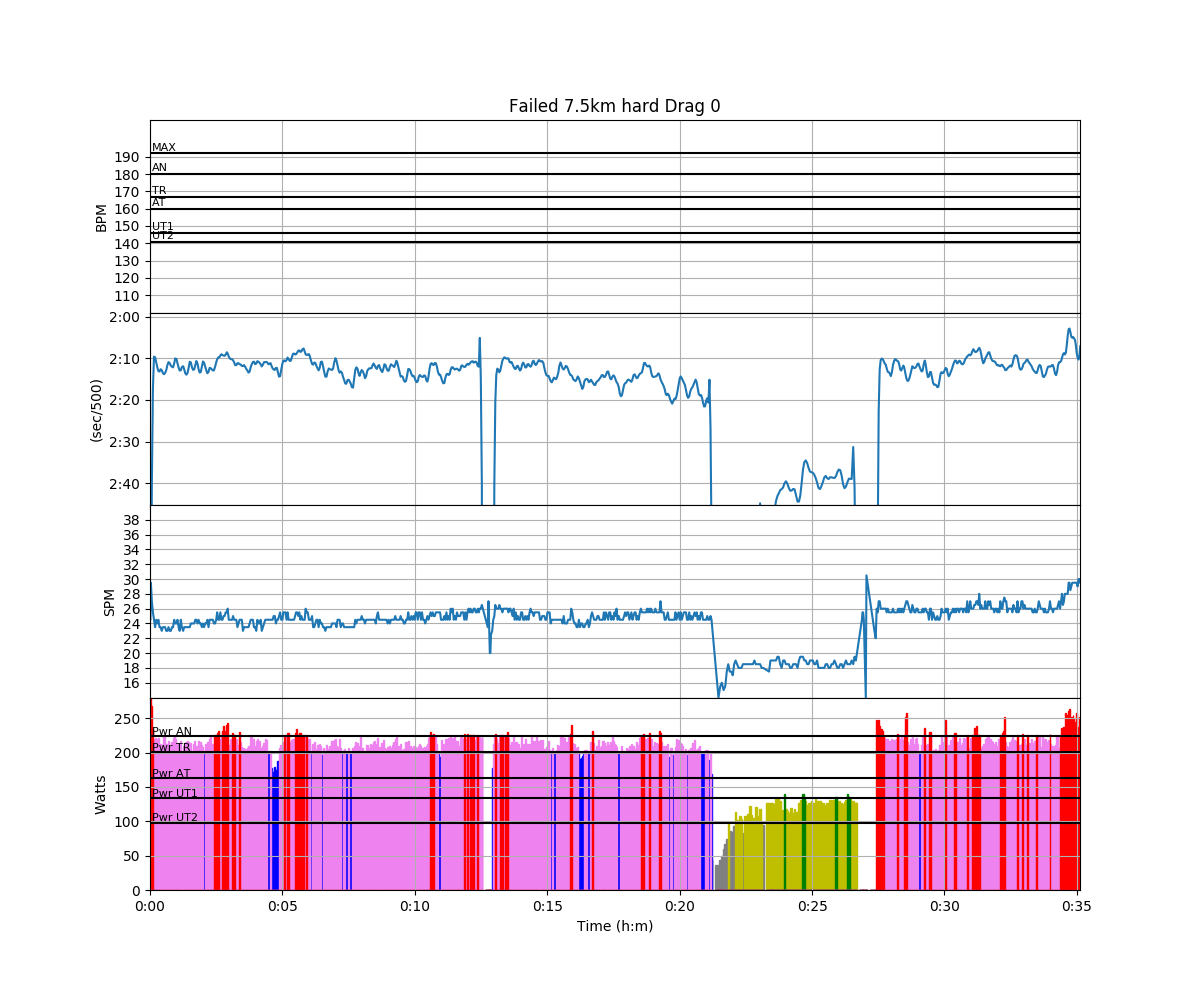
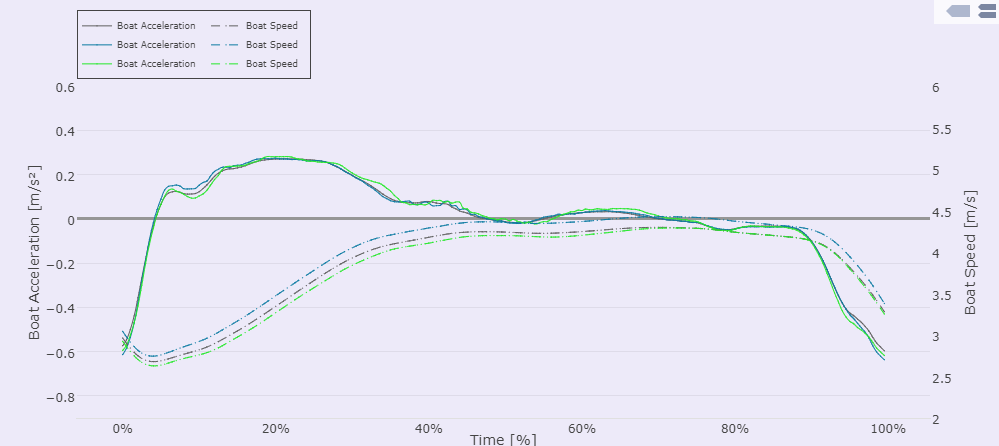
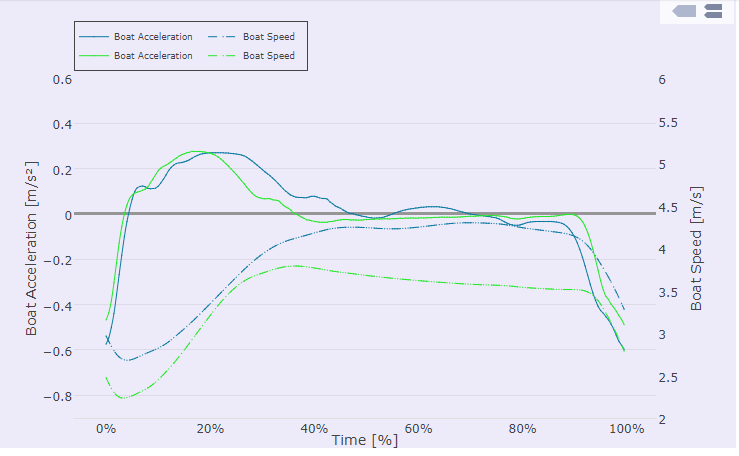


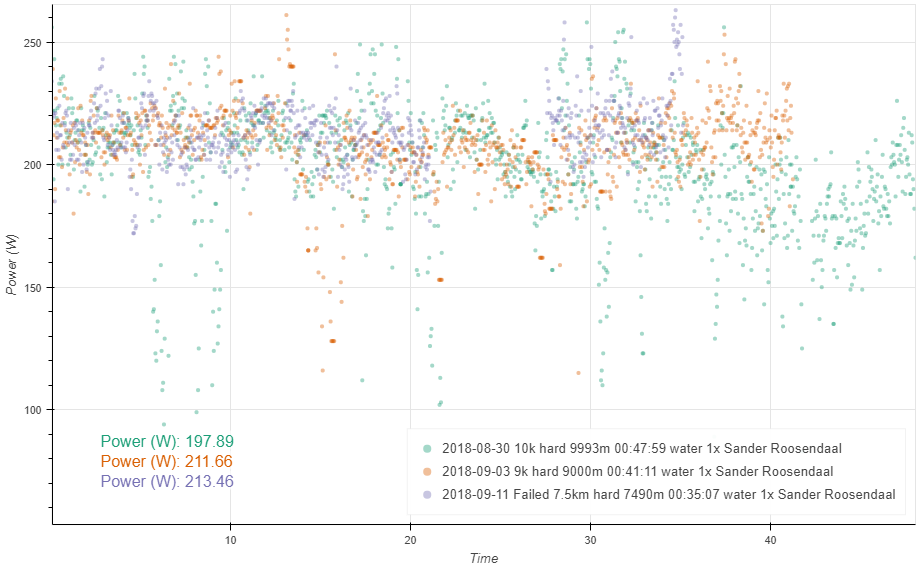
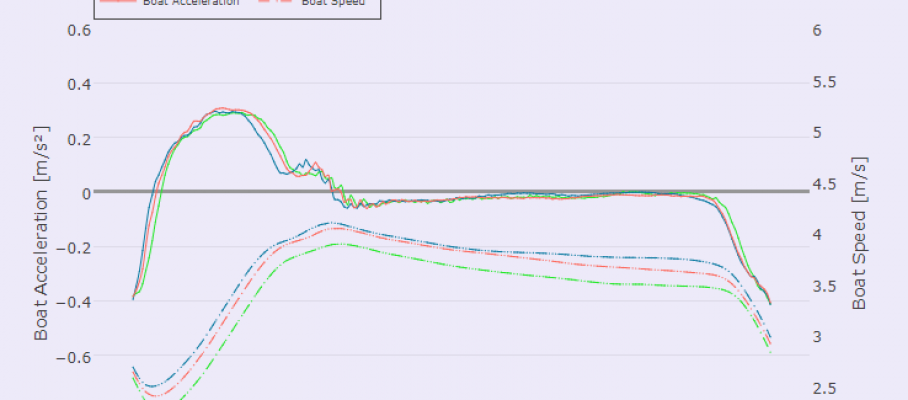

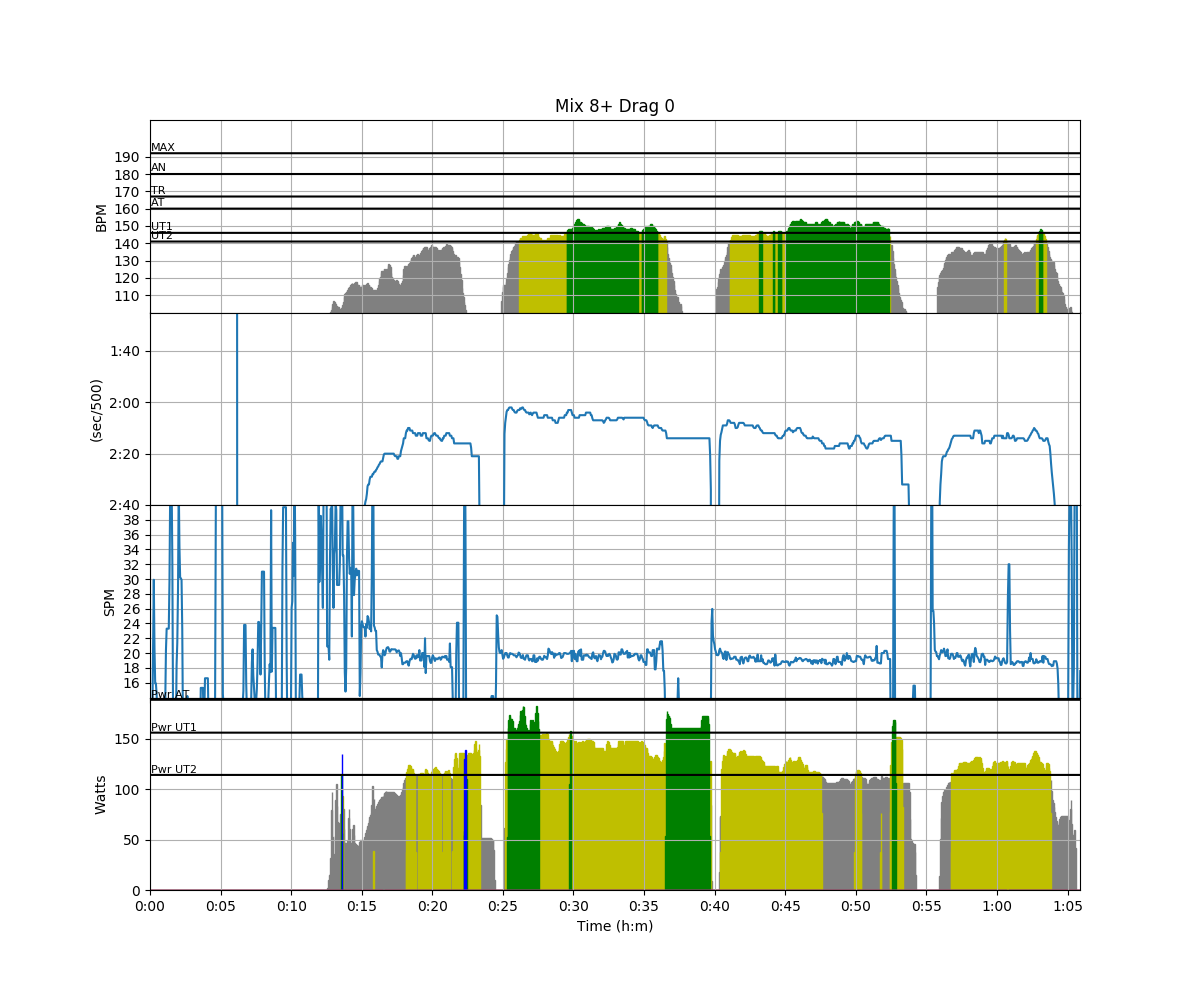
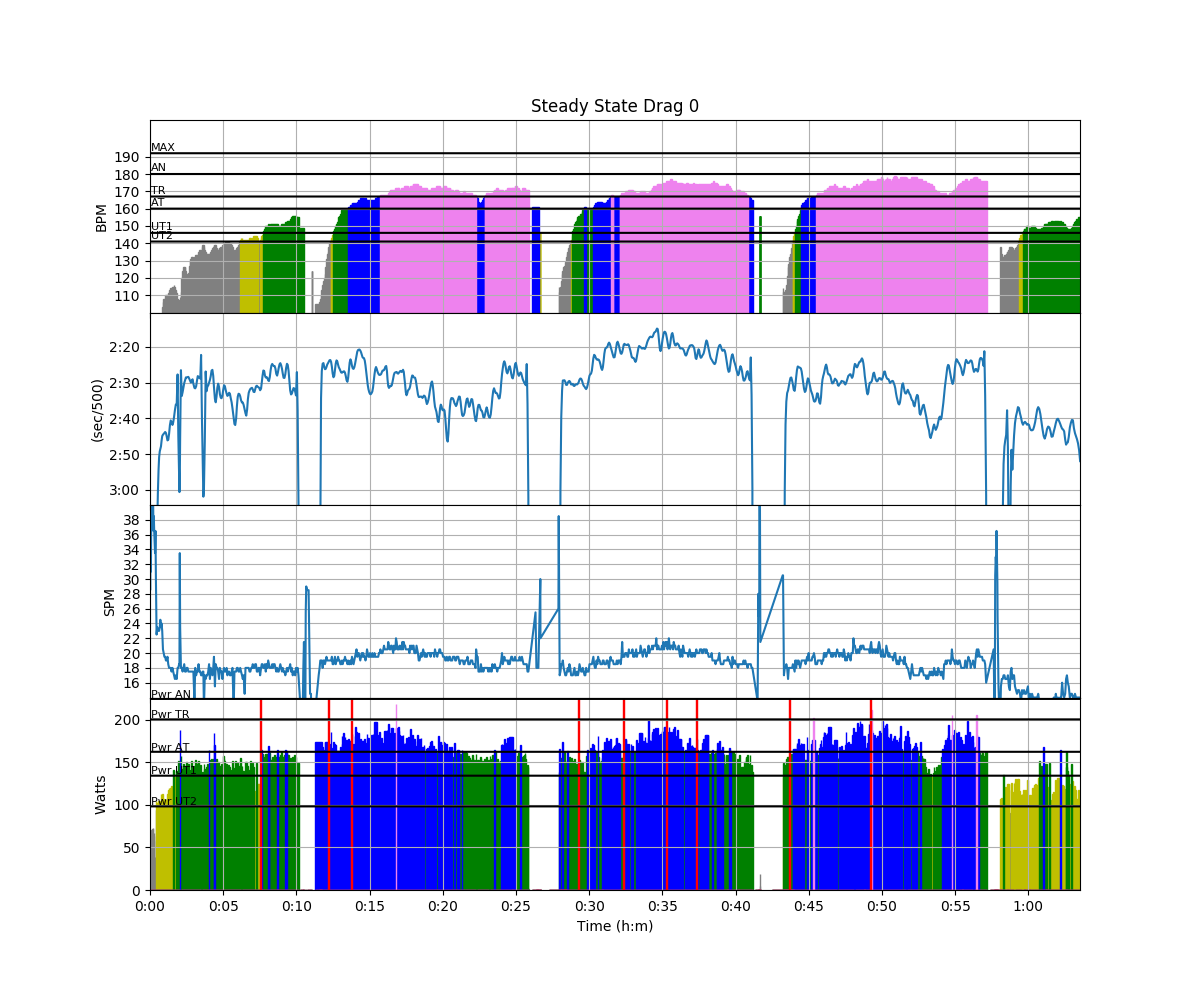
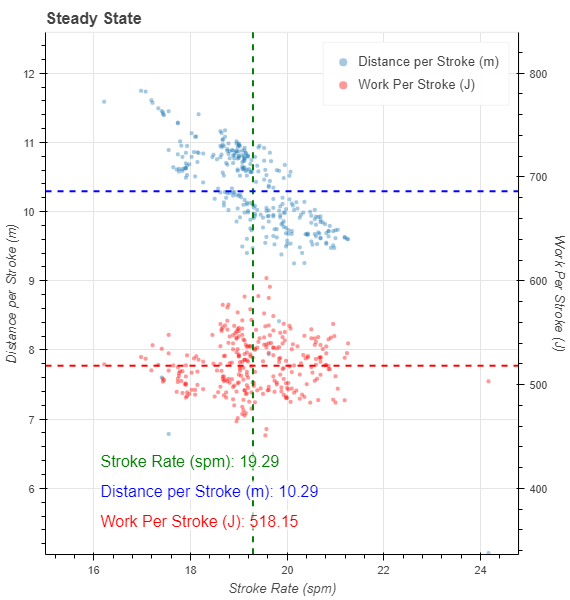
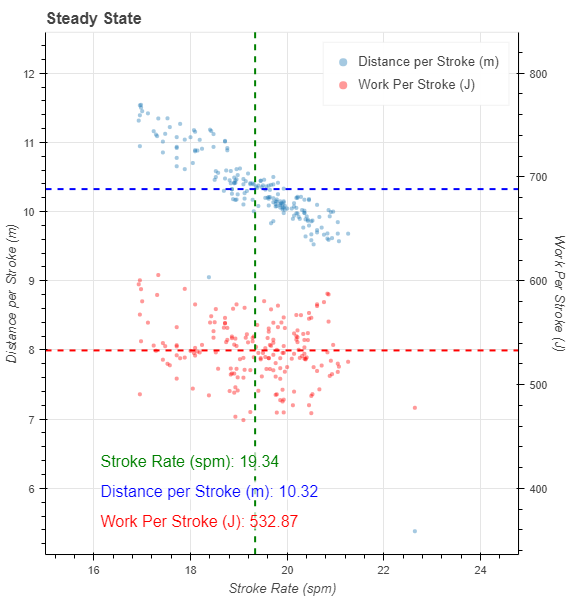
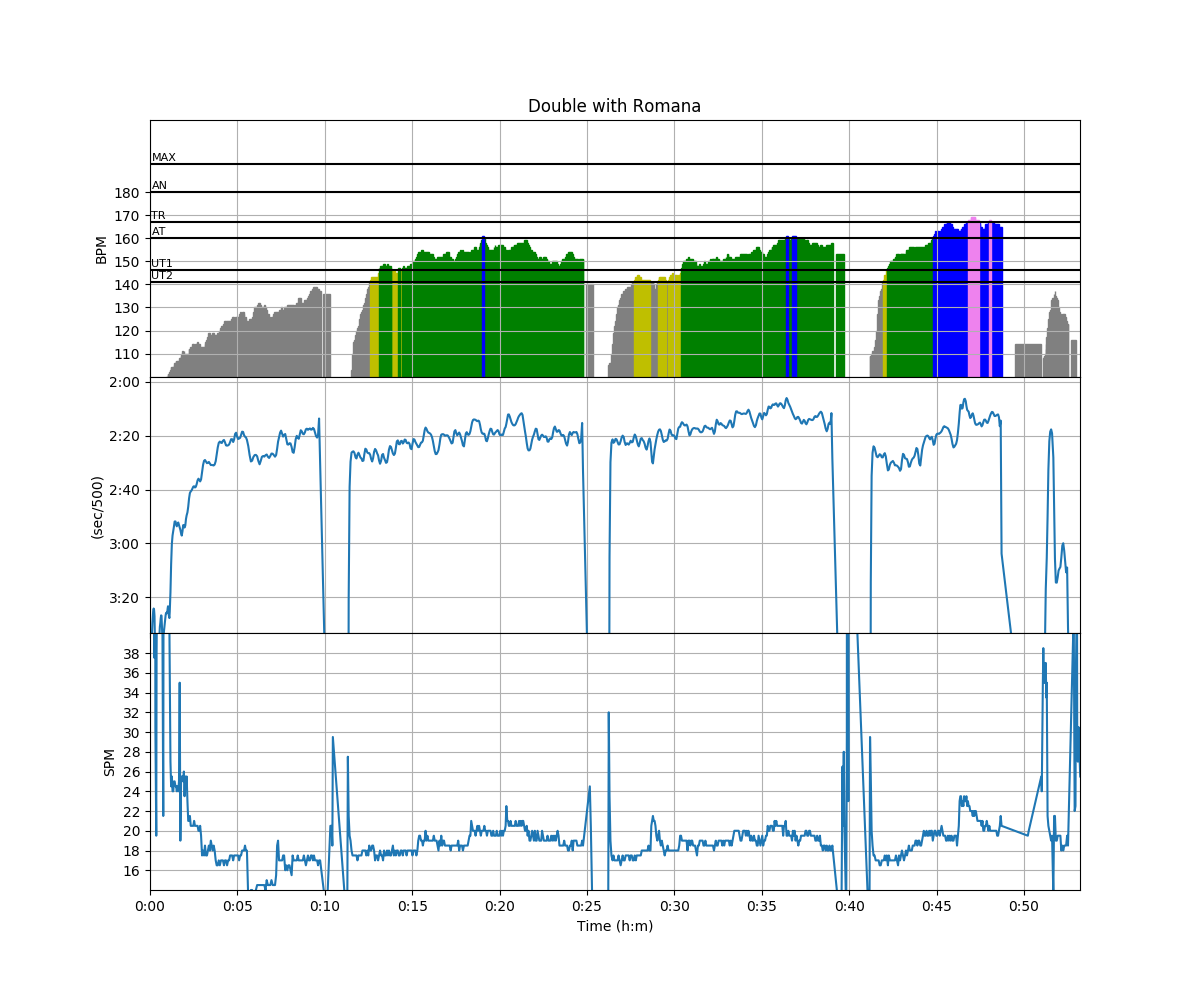
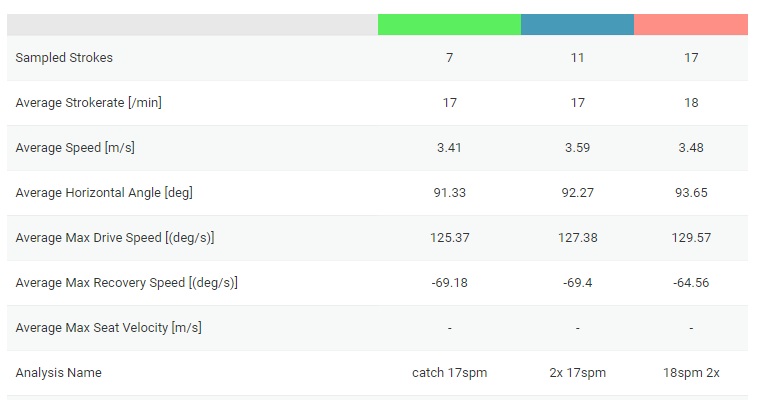
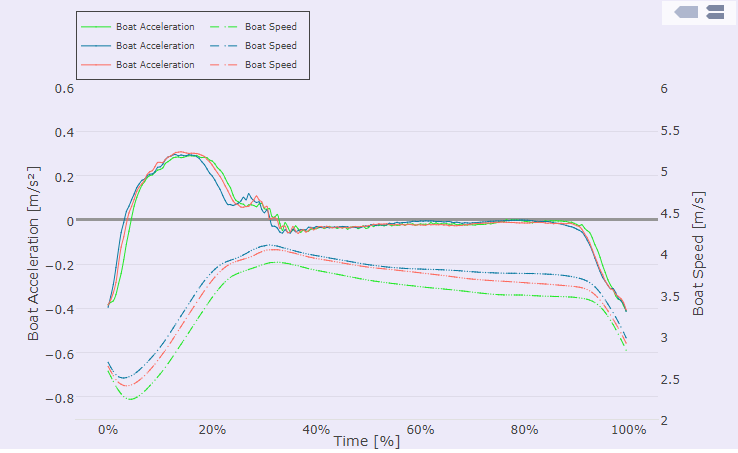
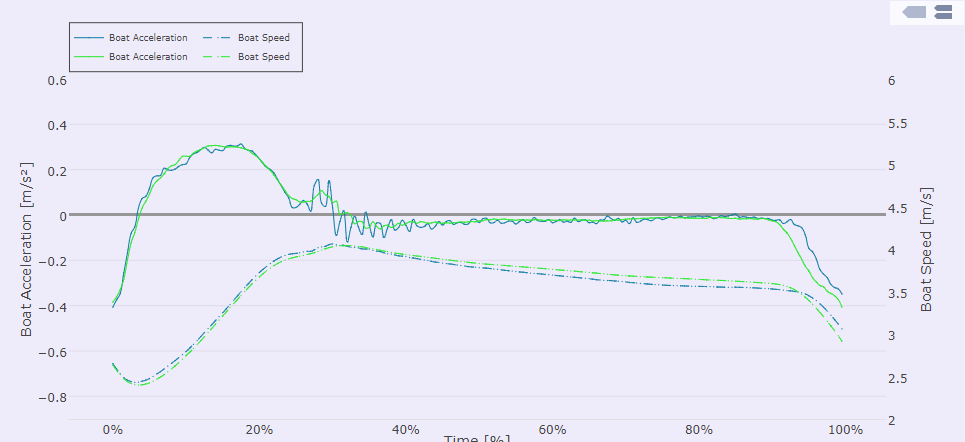
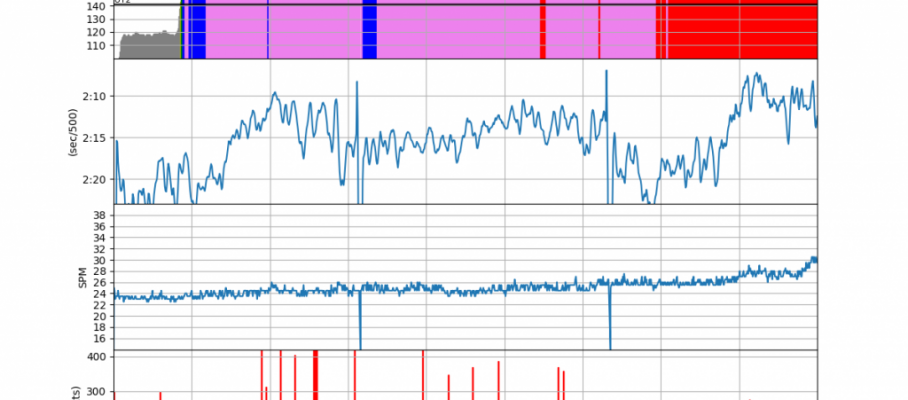
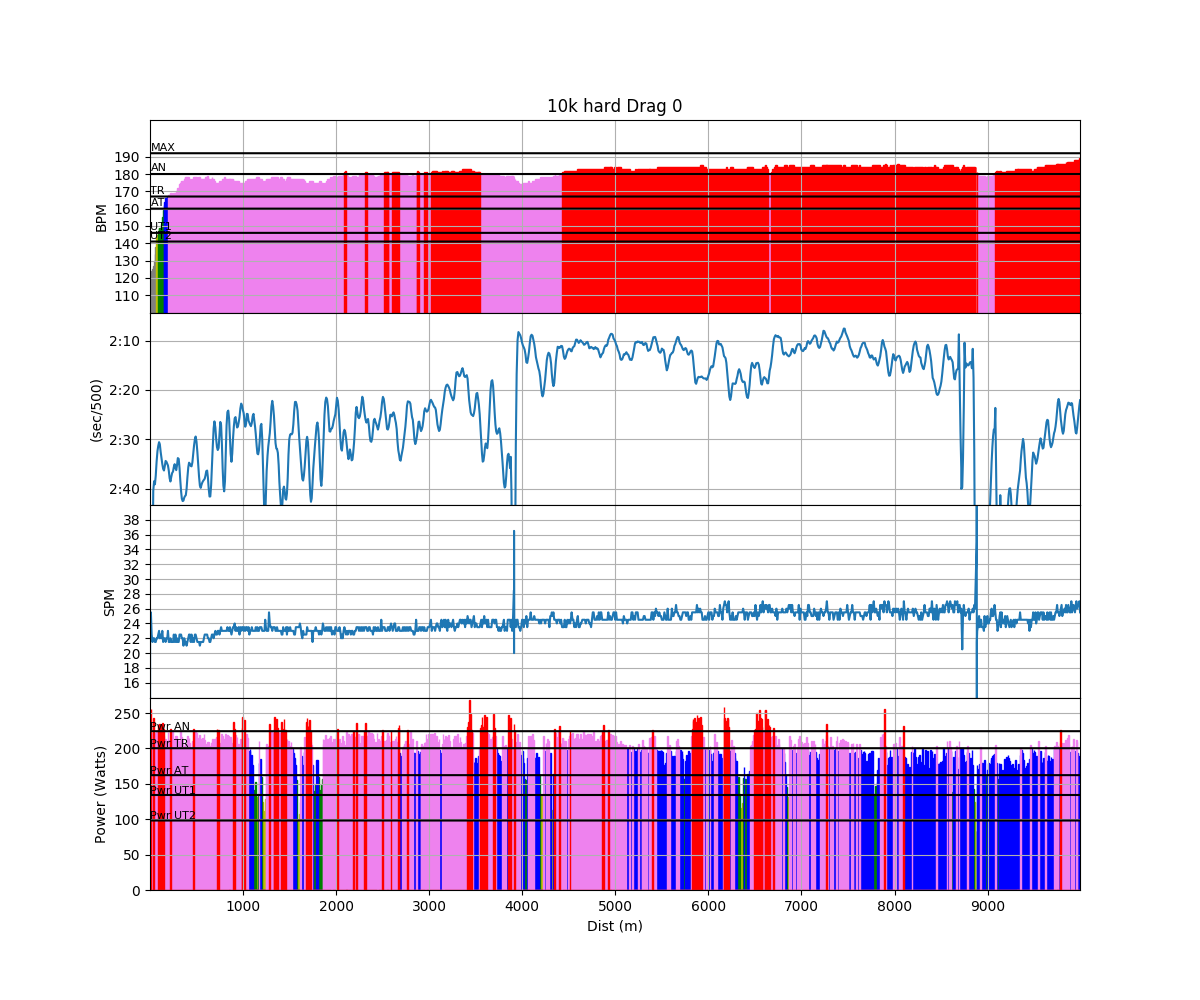
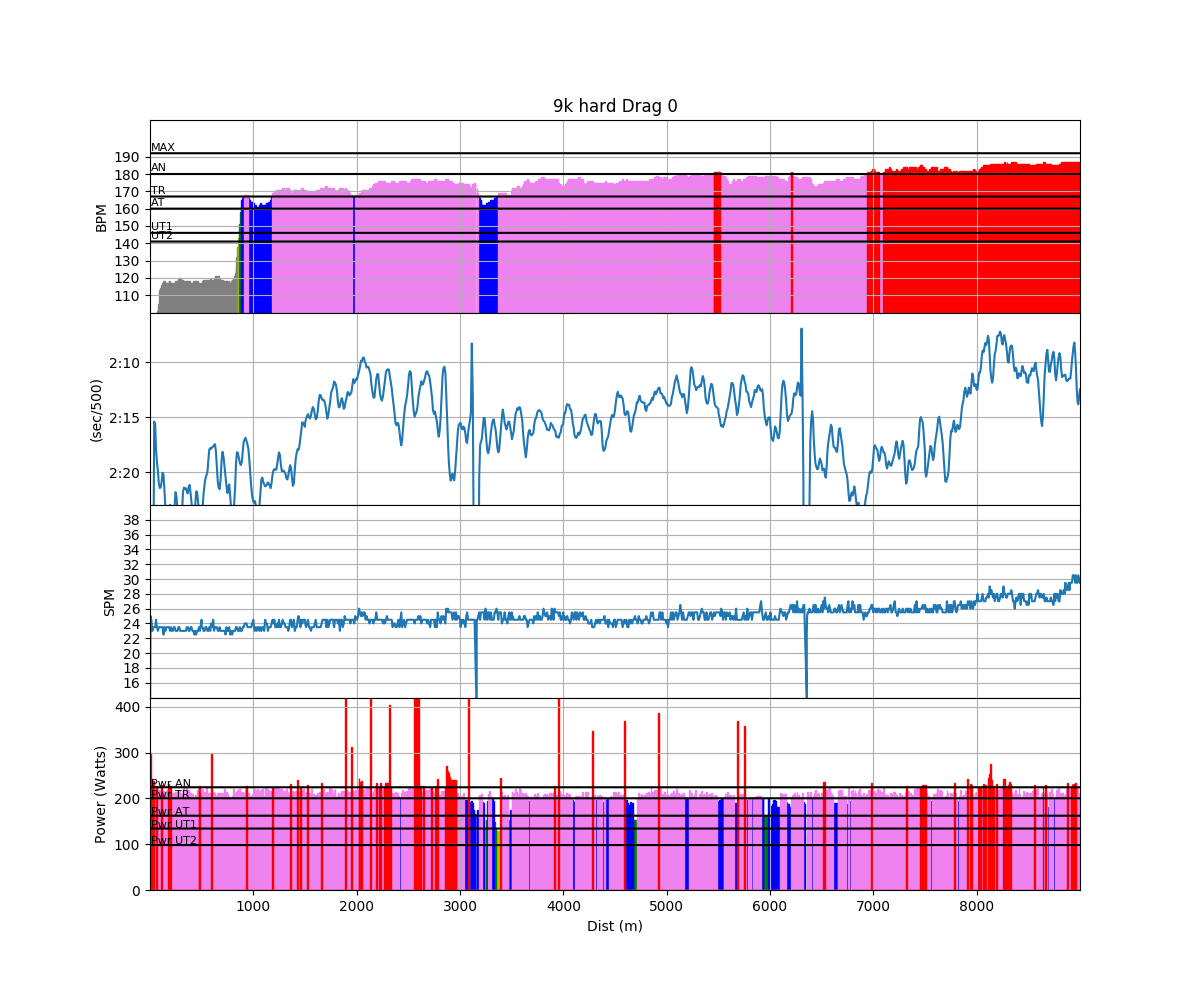
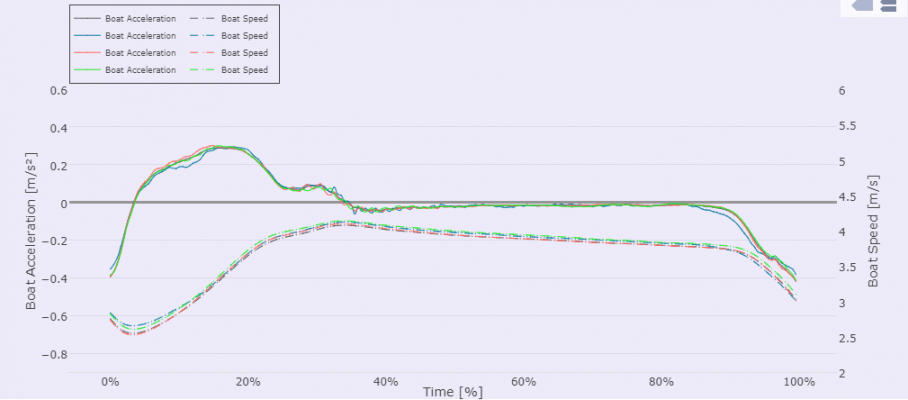
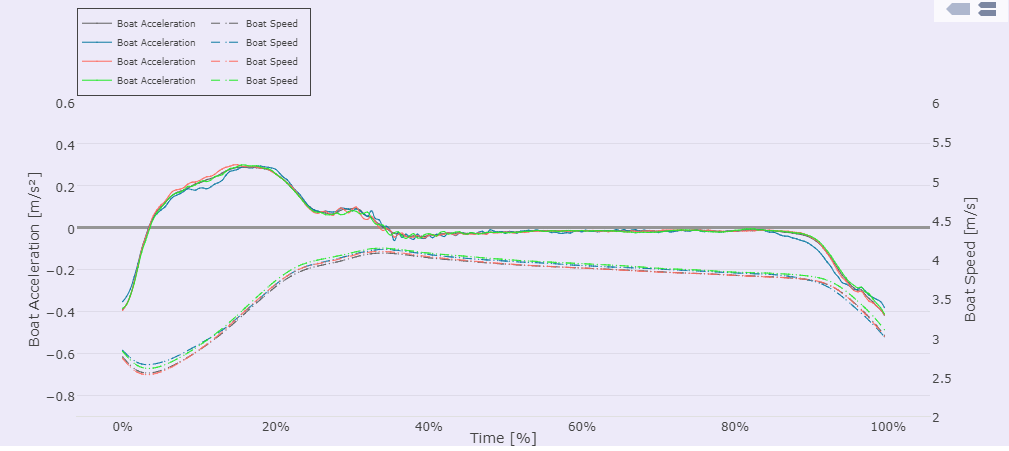
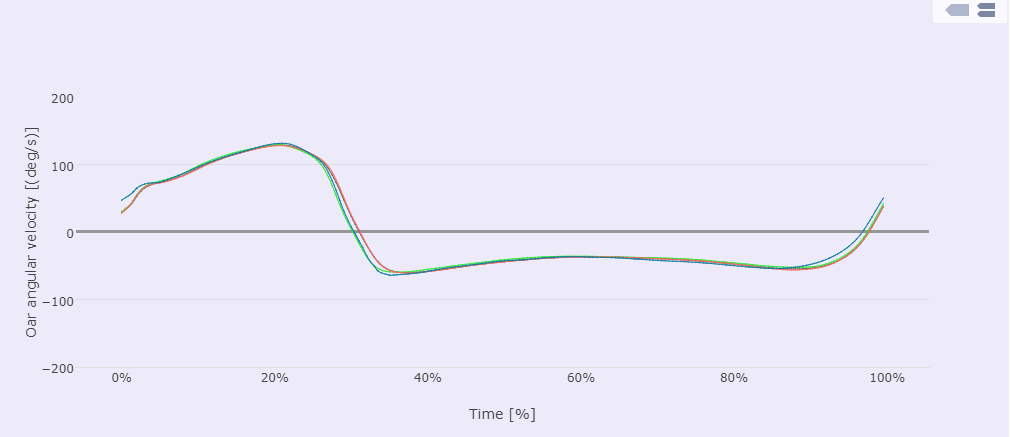
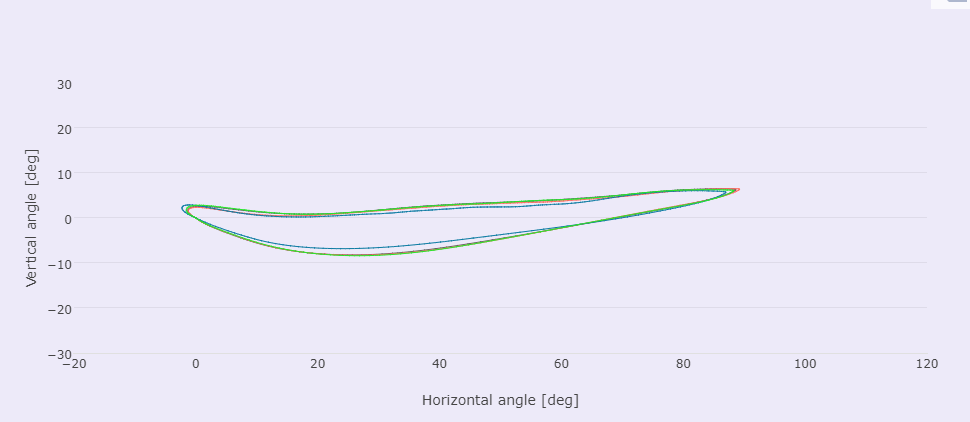
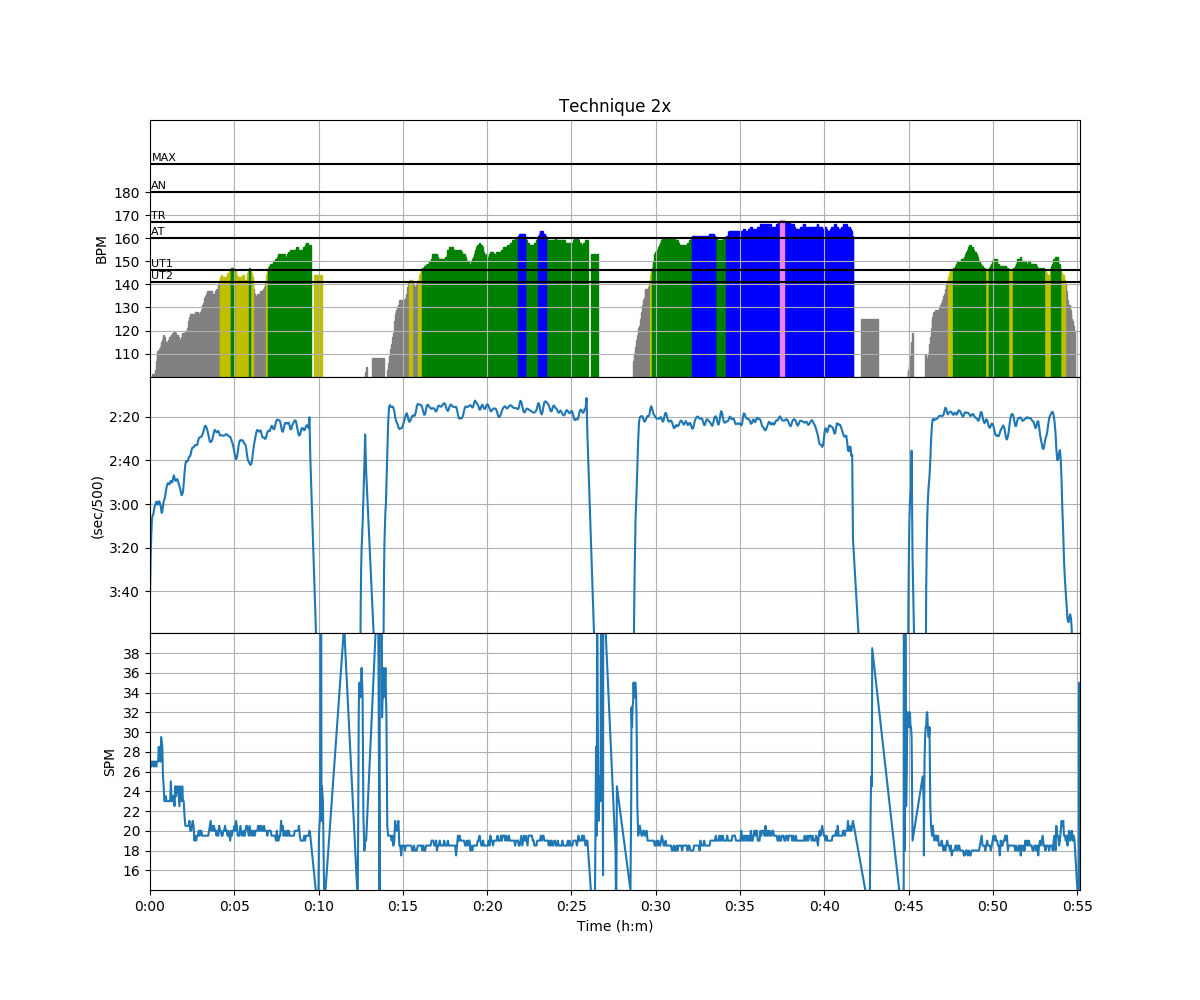
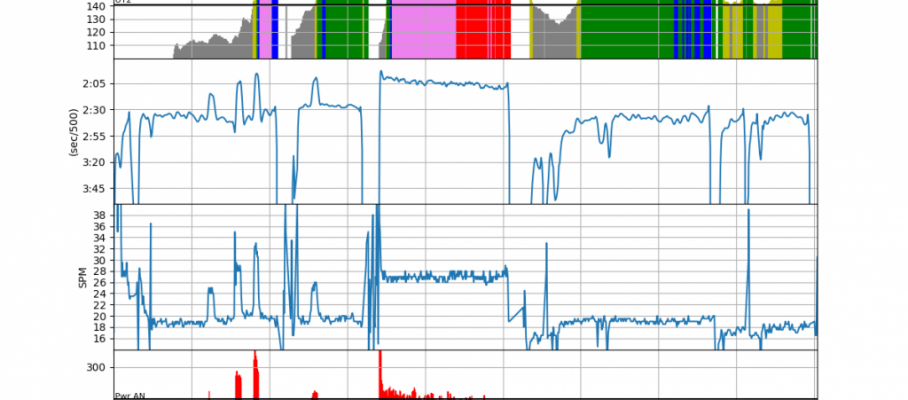
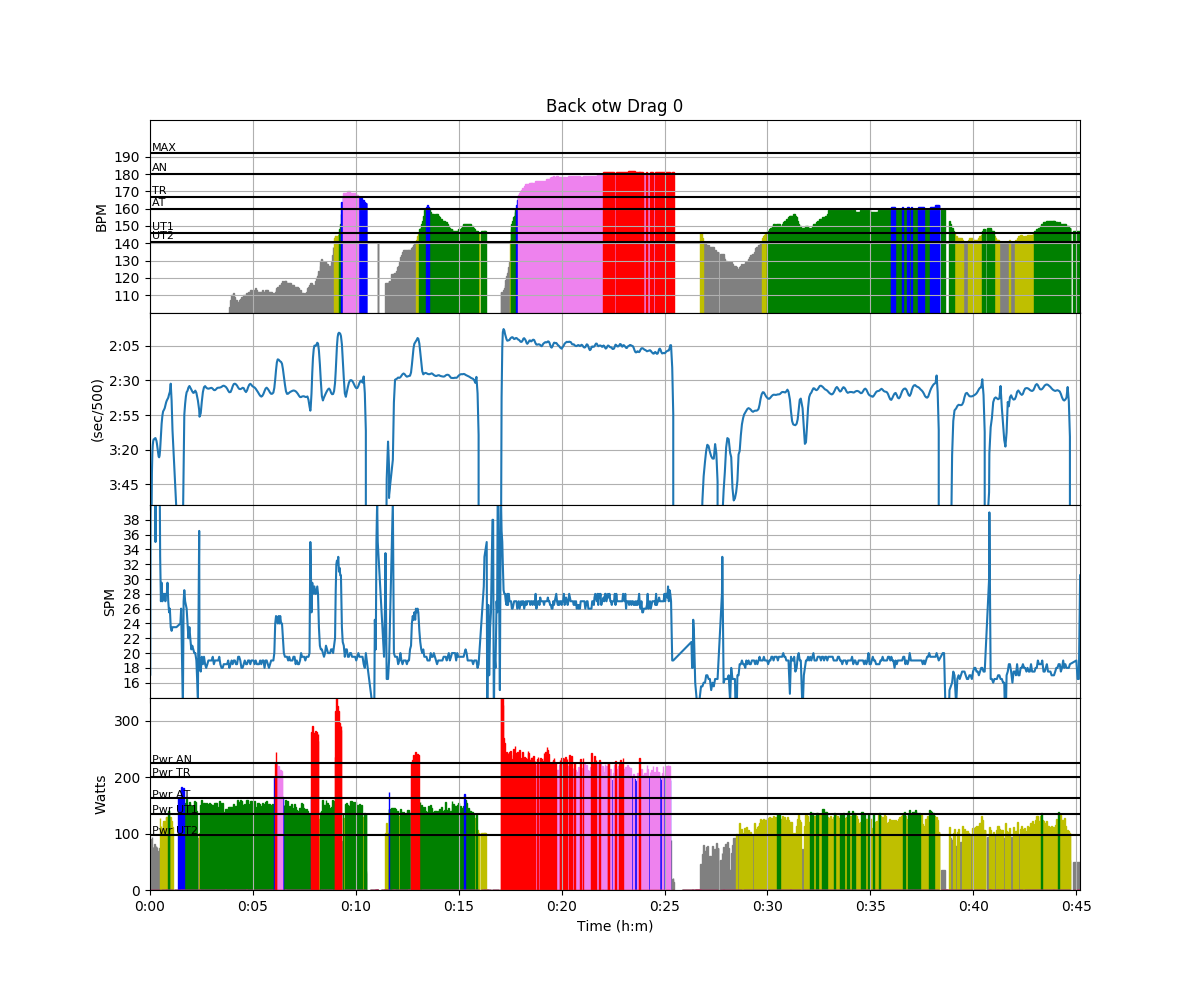
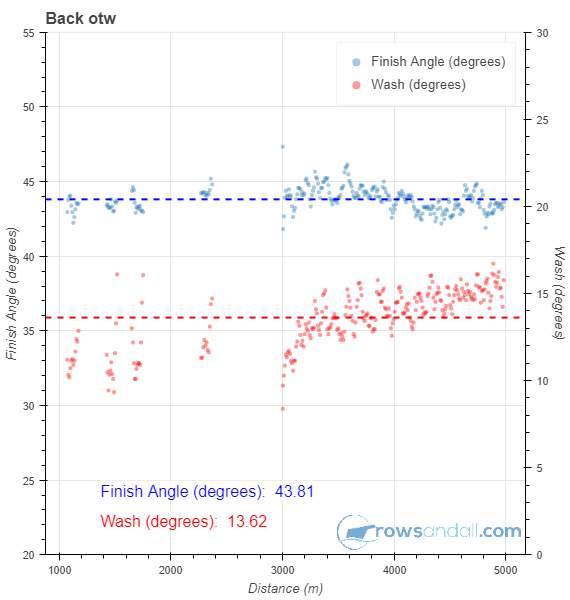
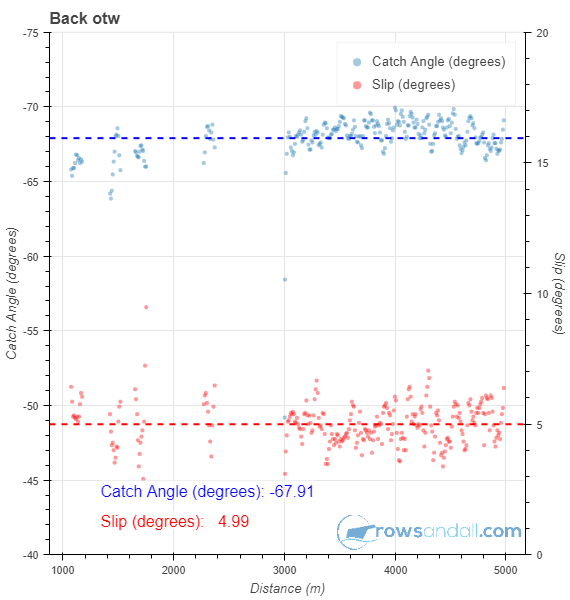
Sep 16 2018
A 6k beats Sander
Saturday – rest day. Watched some Rowing Worlds finals on the live stream. Exciting racing!
On Sunday, I watched the rest of the A finals. Incredible performance by the Norwegian single sculler. Synek a good second place. Mason at behind. Interesting. I think it says a lot about tapering and peaking for form.
After lunch, I headed to the lake for a 6k effort.
Not a story to be proud of. I started at Rokle and rowed towards Sirka. A few minutes in, I got hit by a pretty strong head wind. A few minutes later, the wind stopped again.
The water was nice and flat and apart from having to watch other traffic carefully to avoid bumping into pedalos, sailing boats and people relaxing on electric rental boats, the first 3k went by without any drama. I turned and found it hard to keep hitting my 211W target power.
Then, about 20 minutes in, it started to be really hard. In the chart you can see that that coincides with the end of a long stretch in red heart rate values. I decided to slightly ease up on power, but that didn’t seem to help much. With about 1200m to go, I stopped again, paddled for 200m and then finished the final 1k at target pace.
Not good.
The average normalized power for the workout is 210W, so that is not so bad. Not sure if I am tired or overtrained or both. Anyway, I need to repeat this 6k coming week.
I did set up an online race featuring a slightly shorter course than the 6k here. I managed the course in 25:16 including the 200m of paddling.
I useed the RowP app again to measure boat acceleration. All curves except the red one were measured with head wind. The red curve represents a few strokes just before handing down.
I had the Quiske Pod under the seat, but due to some server error I can get the seat speed graph only for one segment:
Not sure what this chart means. I’ll need to collect more data.
By sanderroosendaal • Uncategorized • 0 • Tags: hard distance, head race prep, OTW, rowing, single, training